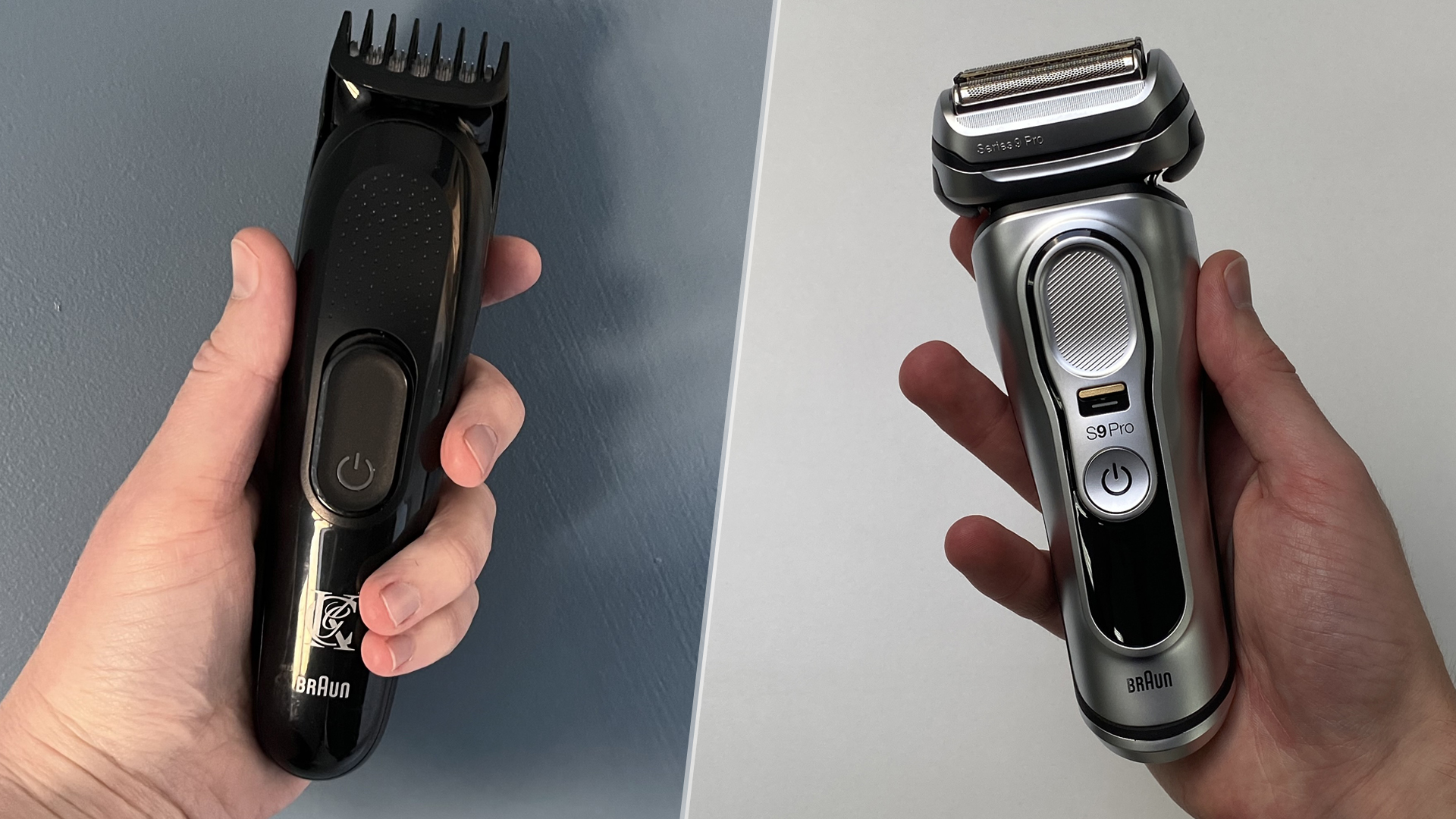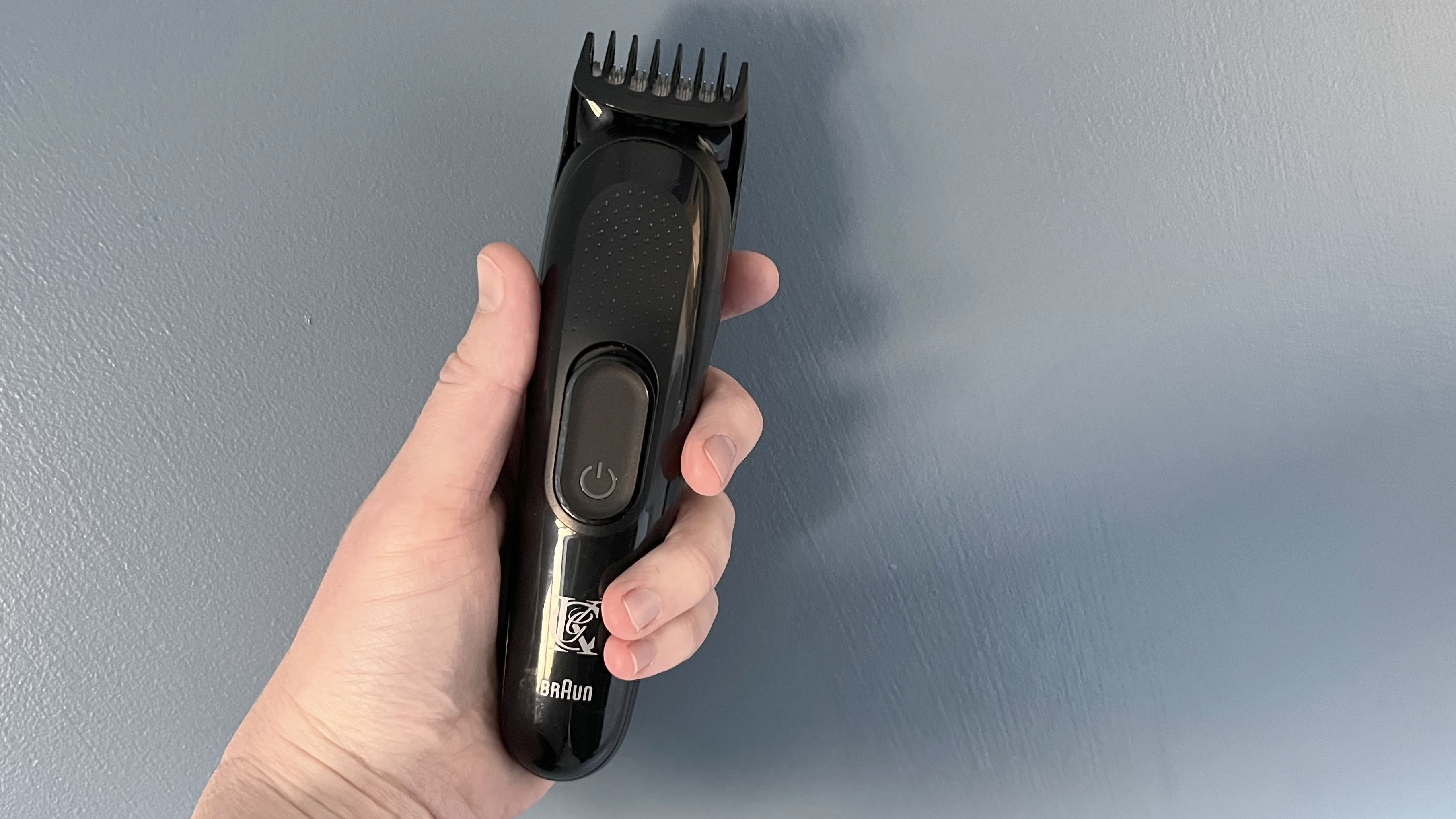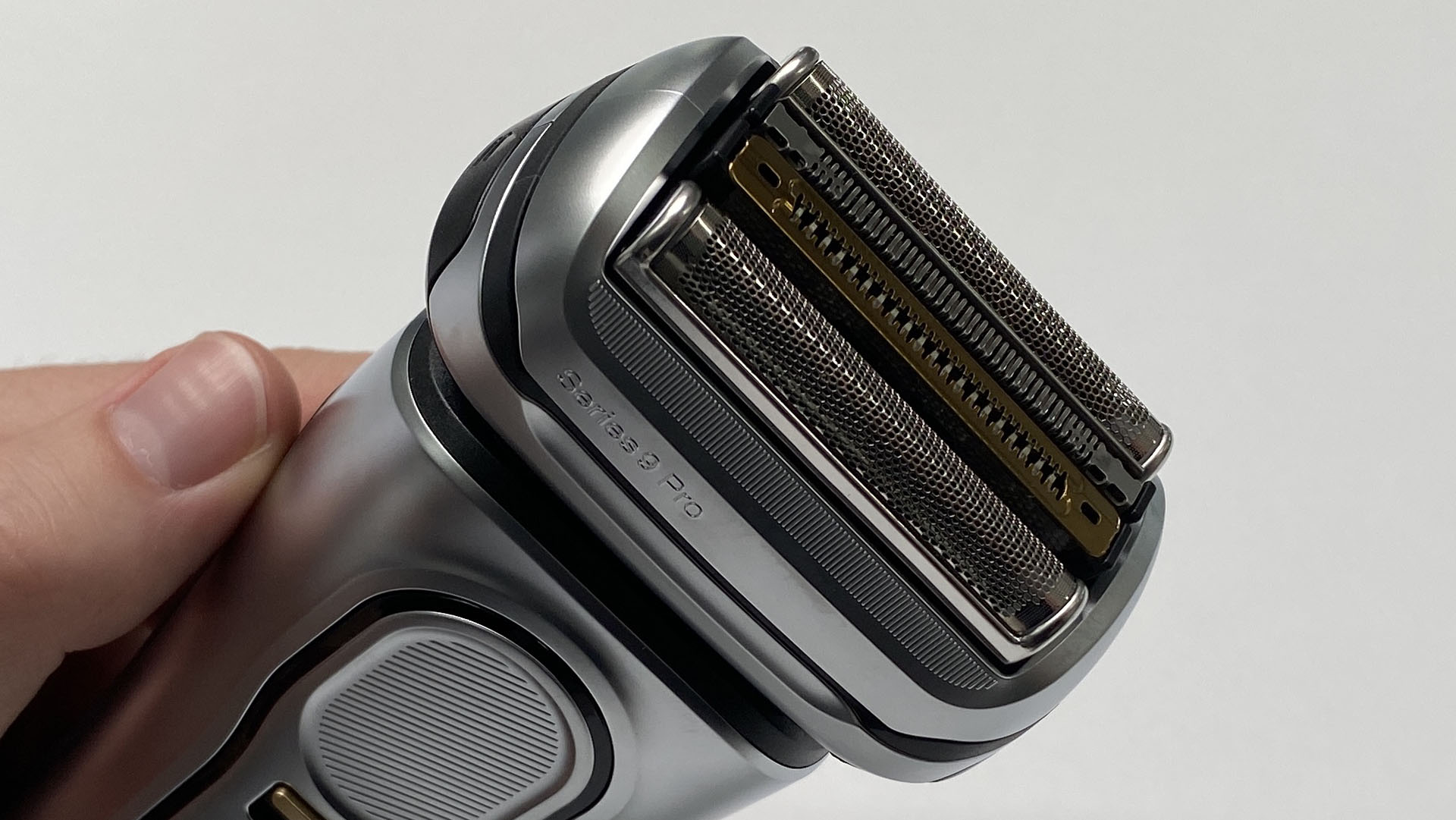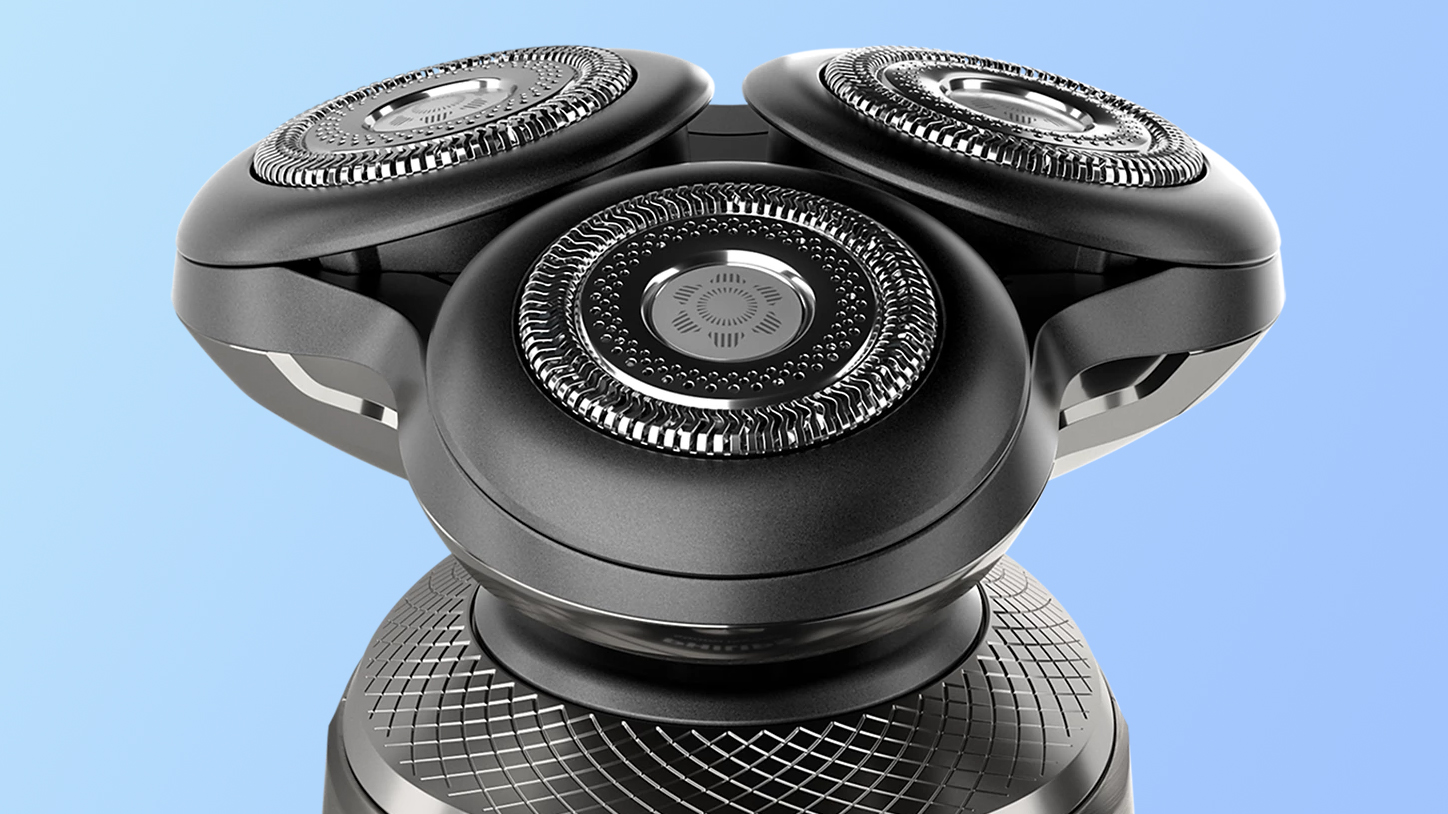
Want to look your best? Then when it comes to facial grooming, you need the right tool for the job. This guide will help you understand the differences between a beard trimmer and an electric shaver, so you can get the right result, whether you’re sculpting a sharp, defined beard or aiming for a clean shave.
We'll look at each of these grooming tools in turn, explain the differences between them, and how to make your choice. Then turn to our roundup of the best beard trimmer and electric razors to find the right model for your specific beard-care needs.
What is a beard trimmer, and what is it used for?
A beard trimmer, such as the King C Gillette Beard Trimmer, is designed for precision trimming to keep your beard or stubble at a specific length. You can use it to define edges, create fades, and keep your facial hair looking neat. They often come with multiple attachments or adjustable settings for different lengths of beard or stubble.

Beard trimmers have two sets of blades: a stationary blade and a moving blade. The moving blade oscillates (moves back and forth) against the stationary blade. The facial hair is cut when it gets caught between the two blades.
They're generally straightforward to use and require minimal maintenance. By avoiding direct contact with the skin, trimmers reduce the risk of irritation, cuts, or razor burn. It's also worth noting that despite having the word beard in their name, many trimmers are multi-functional and can be used for grooming body hair or even touch-ups on head hair.
What is an electric shaver, and what is it used for?
Electric shavers use motorized blades to cut hair close to the skin without the need for shaving cream or water. That makes them the best option when you want a clean, close shave.
If you grew up in the 1970s or 1980s, you may remember electric shavers not being very good. However, modern shavers are a vast improvement, being designed to minimize nicks, cuts and irritation. They're typically quick and convenient, which means you can often shave in minutes. And there are even wet/dry models of electric shaver that can be used with shaving creams or in the shower.
Get daily insight, inspiration and deals in your inbox
Sign up for breaking news, reviews, opinion, top tech deals, and more.

Electric shavers come in two main types: foil and rotary. Foil shavers, such as the Braun Series 9 Pro, provide a close, precise shave, while rotary shavers are better for thicker hair and facial contours.
With foil shavers, a thin, perforated metal foil captures hair as you glide the shaver over your skin. Oscillating blades beneath the foil move back and forth to cut the captured hair, while the foil protects the skin, reducing irritation.

With rotary shavers such, multiple circular heads with spinning blades pull hair into openings in the heads. The blades rotate to cut the hair close to the skin, while flexible heads adapt to facial contours, making them ideal for uneven areas like the jawline.
Choose a foil shaver if:
- You have sensitive skin
- You want a close, precise shave
- You shave frequently and deal with shorter hair
- You need accuracy for detailing facial hair
Choose a rotary shaver if:
- You have coarse or dense facial hair
- You often deal with uneven hair growth
- You need flexibility for facial contours
- You want a quick shave and prioritize convenience over precision
Beard trimmer vs electric shaver: which should I buy?
| Header Cell - Column 0 | Beard trimmer | Electric shaver |
|---|---|---|
| Main use | Maintaining and styling facial hair | Achieving a clean-shaven look |
| Closeness | Leaves stubble | Smooth, skin-close shave |
| Hair length | Works on longer hair | Best for short stubble |
| Attachments | Adjustable guards for different lengths | Limited (some come with pop-up trimmers) |
So which should you choose: beard trimmer vs electric shaver? Ultimately it's pretty simple. Use a beard trimmer if any of these apply:
- You prefer a beard or stubble to a clean shaven look.
- You want precise control over the length and shape of your facial hair.
- You’re looking for a versatile tool that can trim facial, body and head hair.
Alternatively go for an electric shaver if:
- You prefer a clean-shaven look
- You value speed and convenience for daily grooming
Beard trimmer vs electric shaver: maintenance tips
Whether you buy an electric shaver or a beard trimmer, make sure it performs optimally and lasts longer by following these simple steps.
1. Clean your device regularly: Stop your shaver or trimmer getting clogged up by removing any hair and debris that gets lodged in it after every use. Many these models are also washable, but obviously check the instructions before doing so.
2. Oil your blades: For beard trimmers, regular blade oiling prevents rust and maintains sharpness. Again, take care to follow the instructions on this.
3. Replace worn-out parts: Foils, rotary heads, and blades wear out over time, but they can often be replaced as recommended by the manufacturer.
4. Charge your device properly: Always refer to the user manual for the recommended charging duration. Avoid leaving the device plugged in longer than necessary, because overcharging can make the battery wear out faster.
Tom May is a freelance writer and editor specialising in tech, design and sleep products. Over the years he's tested a number of mattresses, duvets and pillows, and as a back pain sufferer, has a keen interest in finding ones that offer maximum support. Plus, in running a successful Airbnb business, sleep hygiene and providing the right bedding for guests has become a big part of his day-to-day life. He is author of Great TED Talks: Creativity, published by Pavilion Books.
